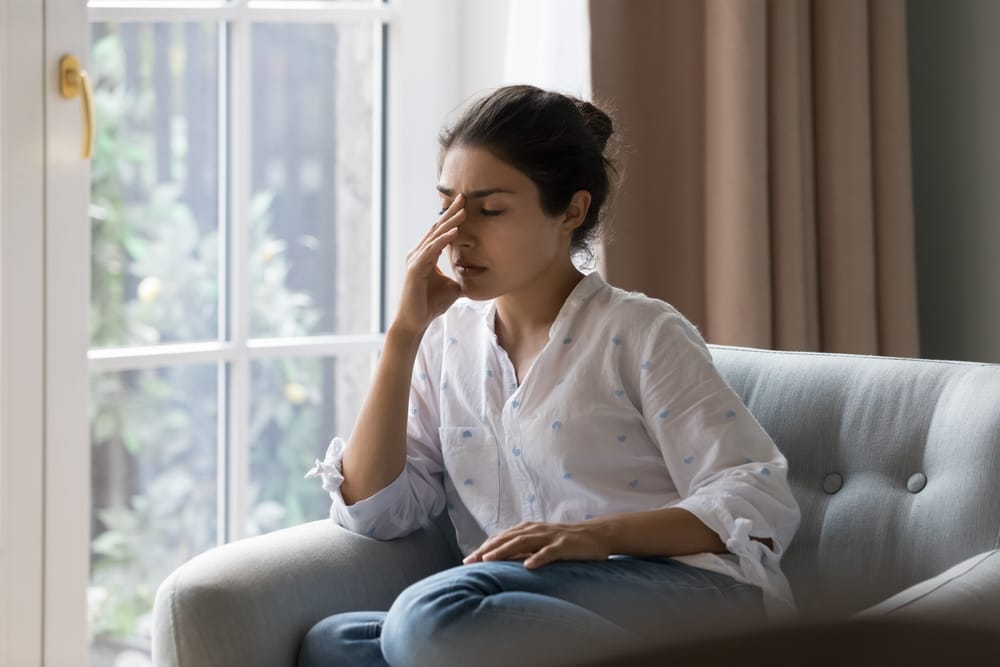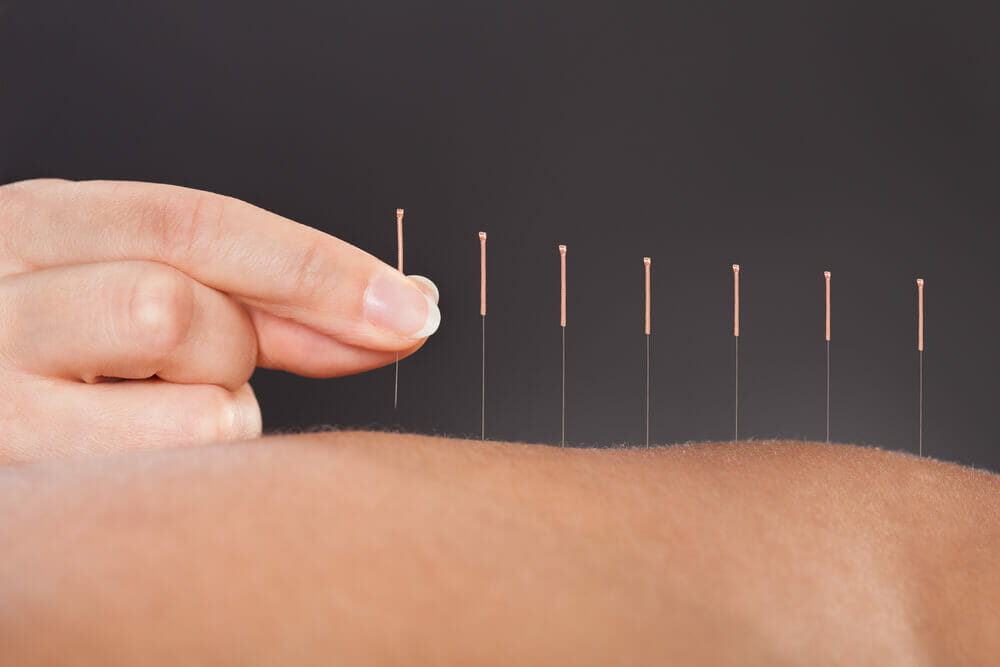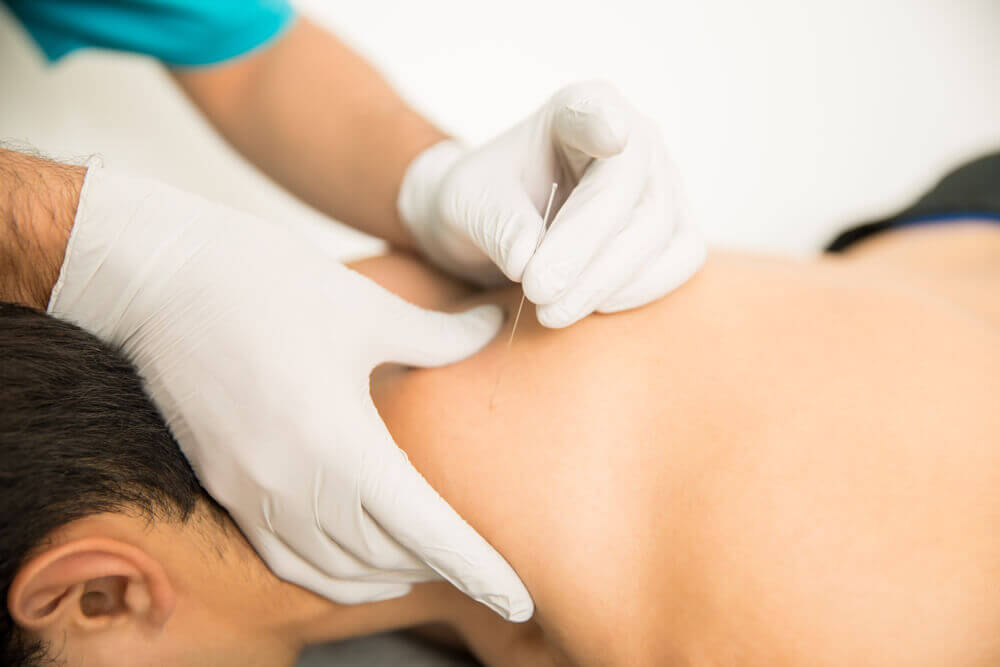
Dry needling vs acupuncture. What are these practices and how are they different?
Whether you’re new to this popular physio technique, or you’re simply stumped as to the difference between dry needling and acupuncture, this blog is for you.
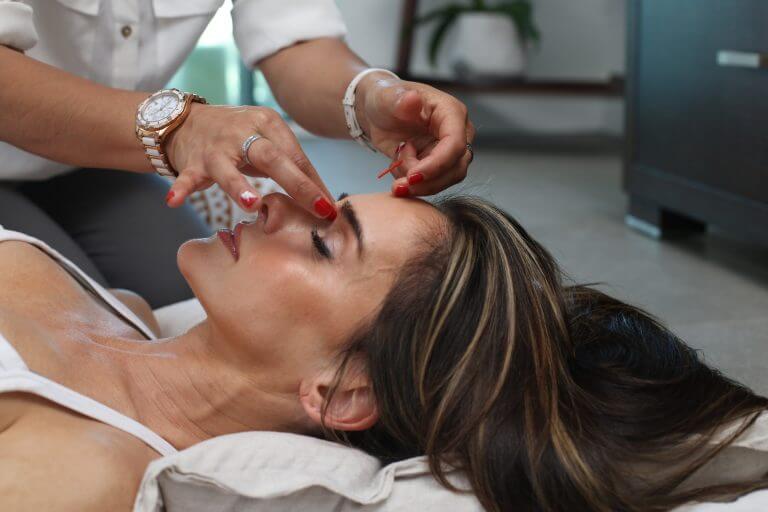
We’ll outline how these practices are different and what benefits and health issues they can help with.
Let’s get on with it.
Dry Needling Vs Acupuncture – What’s The Difference?
To the untrained eye, dry needling and acupuncture may appear to be the same thing. However, although they have similarities, they are different techniques with different backgrounds.
Both techniques use thin, sterile needles that are inserted into the skin to treat pain and other conditions. This is pretty much where the similarities end.
To understand the differences between acupuncture and dry needling, you need to understand more about the background and practices each technique uses.
What Is Acupuncture?
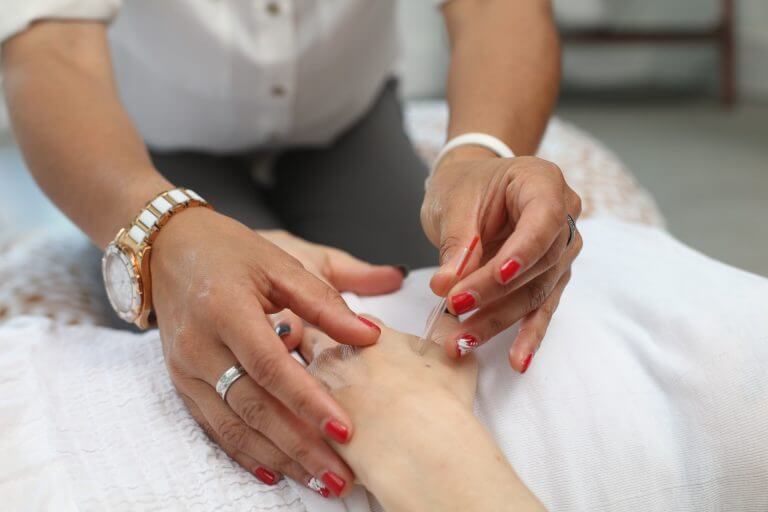
Acupuncture is an ancient Chinese medical practice that has been around for thousands of years. Acupuncturists are highly trained in traditional Chinese medicine, and can both diagnose and treat conditions via the use of acupuncture needles. Acupuncture is based on the belief that illness is a result of blocked energy called Qi (pronounced Chi).
Acupuncture uses needles placed on various points of the body called meridians to restore the flow of Qi and allow the body to heal itself. Acupuncture is often used for chronic conditions including pain.
What Is Dry Needling Physio?
Dry needle therapy is a modern Western treatment that targets myofascial “trigger points” to relieve pain. Thin needles are inserted into specific points called trigger points (a tight band of muscle) to improve blood flow and encourage the muscle fibres to relax. This reduction in tension leads to a reduction in local muscular pain.
Dry needling is a highly popular practice, with studies indicating its efficacy in treating pain, sensitivity, and particularly lower back pain.
What Is A Myofascial Trigger Point?
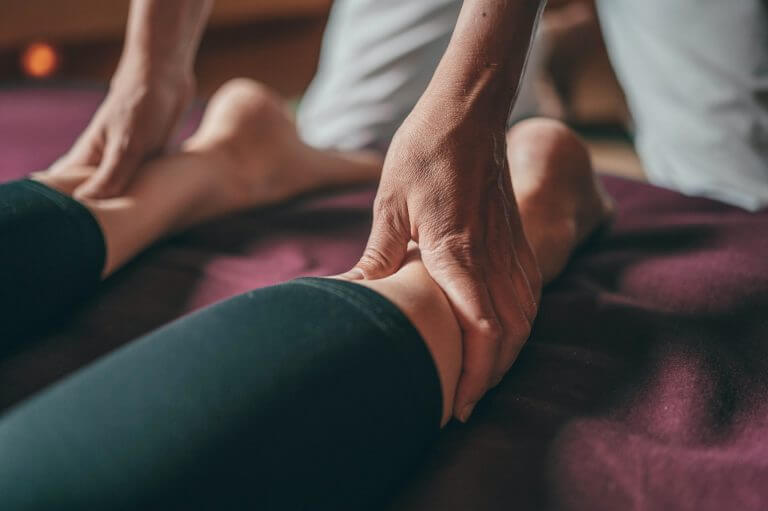
A myofascial trigger point is also known as a “knot” in a muscle. It occurs when a group of muscle fibres have shortened, yet not returned to their normal length or relaxed state. This can result in the muscle fibres becoming tight, placing pressure on the muscle’s local blood vessels and nerves. This causes pain and reduced movement as the muscle is unable to obtain a fresh supply of nutrients and oxygen to flush out toxins and waste products.
What Are The Risks Of Dry Needling?
The risks of dry needling are low. It’s important to ensure that you seek treatment from a qualified physio with training in dry needling to reduce the risk of side effects and complications. Dry needling is very safe when practiced by a health professional. Infrequent side effects include:
- Tiredness
- Bruising
- Temporary soreness
Are There Side Effects Of Dry Needling?
Side effects of dry needling are extremely rare. A small number of people may experience temporary tiredness or soreness after treatment. Other side effects of dry needling may include minor bruising at the treatment site and minor pain when the needle is inserted. Overwhelmingly, there are significant benefits for patients, who can experience major health improvements with dry needling.
What Are The Benefits Of Dry Needling?
Dry needling physio is an effective technique that specifically targets muscle tightness to restore tissue function and improve tissue healing. It’s an evidence-based practice with many benefits. Some of the main benefits include:
- Pain relief
- Reduced muscle pain and tightness
- Improved range of motion
- Improved recovery time
- Reduced muscle spasm
- Treats both acute and chronic pain
- Improves relaxation
What Are The Benefits Of Acupuncture?
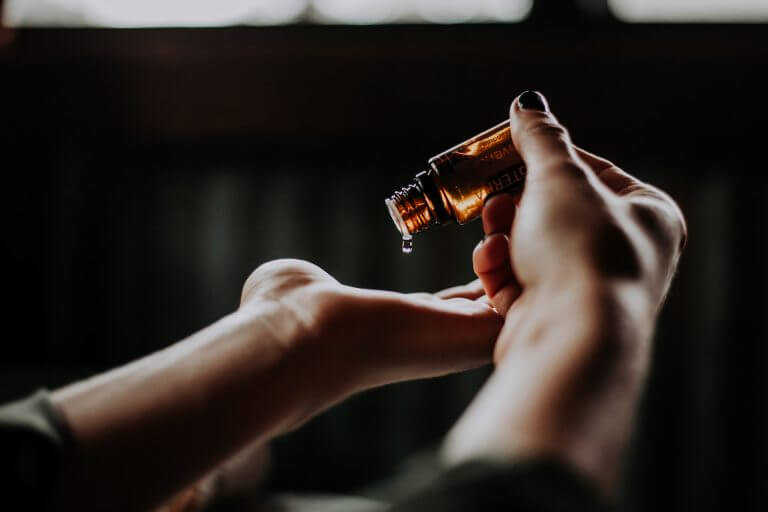
By removing the blockages of energy, or Qi, Acupuncture seeks to alleviate imbalances in energy flow and restore harmony within the body. Acupuncture is beneficial for treating a multitude of symptoms with benefits ranging from:
- Helping relieve chronic pain
- Relieving hypertension
- Assisting with migraines and headaches
- Resilience against allergies
- Combating anxiety and depression
What Conditions Can Dry Needling Treat?
Some of the common conditions dry needling is known to help with include:
- Lower back pain
- Tennis elbow
- Neck pain
- Migraines
- Joint dysfunction
- Knee pain
- Sciatica
Dry Needling Vs Acupuncture: Which Is Better?
Alright. So know you’re up to speed on the difference between dry needling and Acupuncture, you might be wondering: which one is better?
The answer will depend largely on your preference and your body’s response to either one. While the differences between dry needling physio and acupuncture may be different from a historical and practical perspective, ultimately it will depend on the condition you’re trying to treat. Your physiotherapist will be able to guide you through the process and help you work out what’s needed.
Summary
While both techniques may look the same from the outside, acupuncture and dry needling are actually very different. Both techniques can help with a wide range of health issues, and both have the evidence to back them up. Your next step is to get in touch with your local physio in Como to book an appointment!
Where To Get Dry Needling?
Dry Needling is gaining popularity within the physiotherapy world. Here at Integrity Physio, we offer comprehensive dry needling services, and our qualified team of physiotherapists is highly trained to help you diagnose and treat health issues using this technique.
Want to take advantage of these practices and see how they can benefit your health?
Get in contact with Integrity Physio – we offer dry needling services from our established practice in South Perth.

